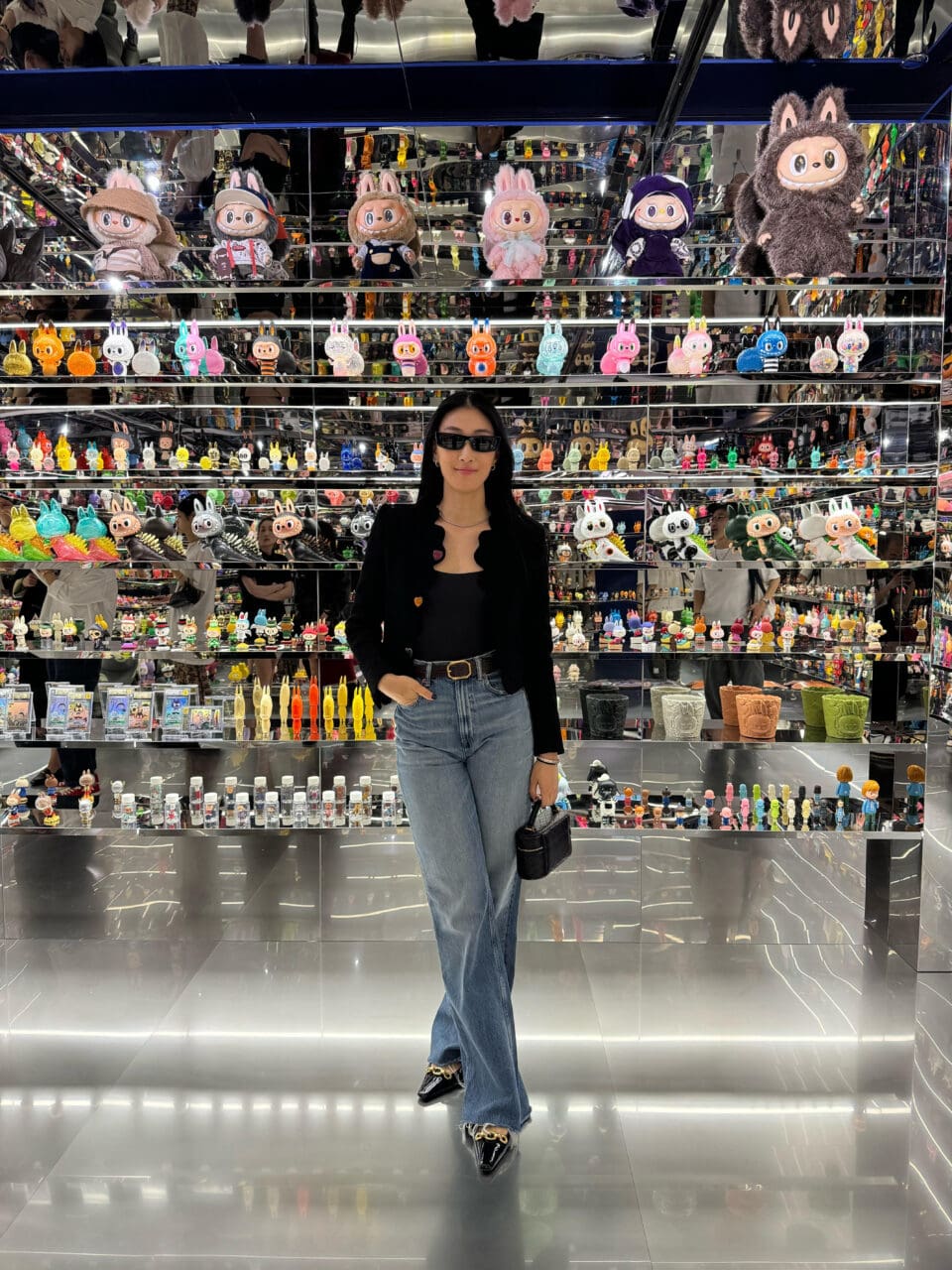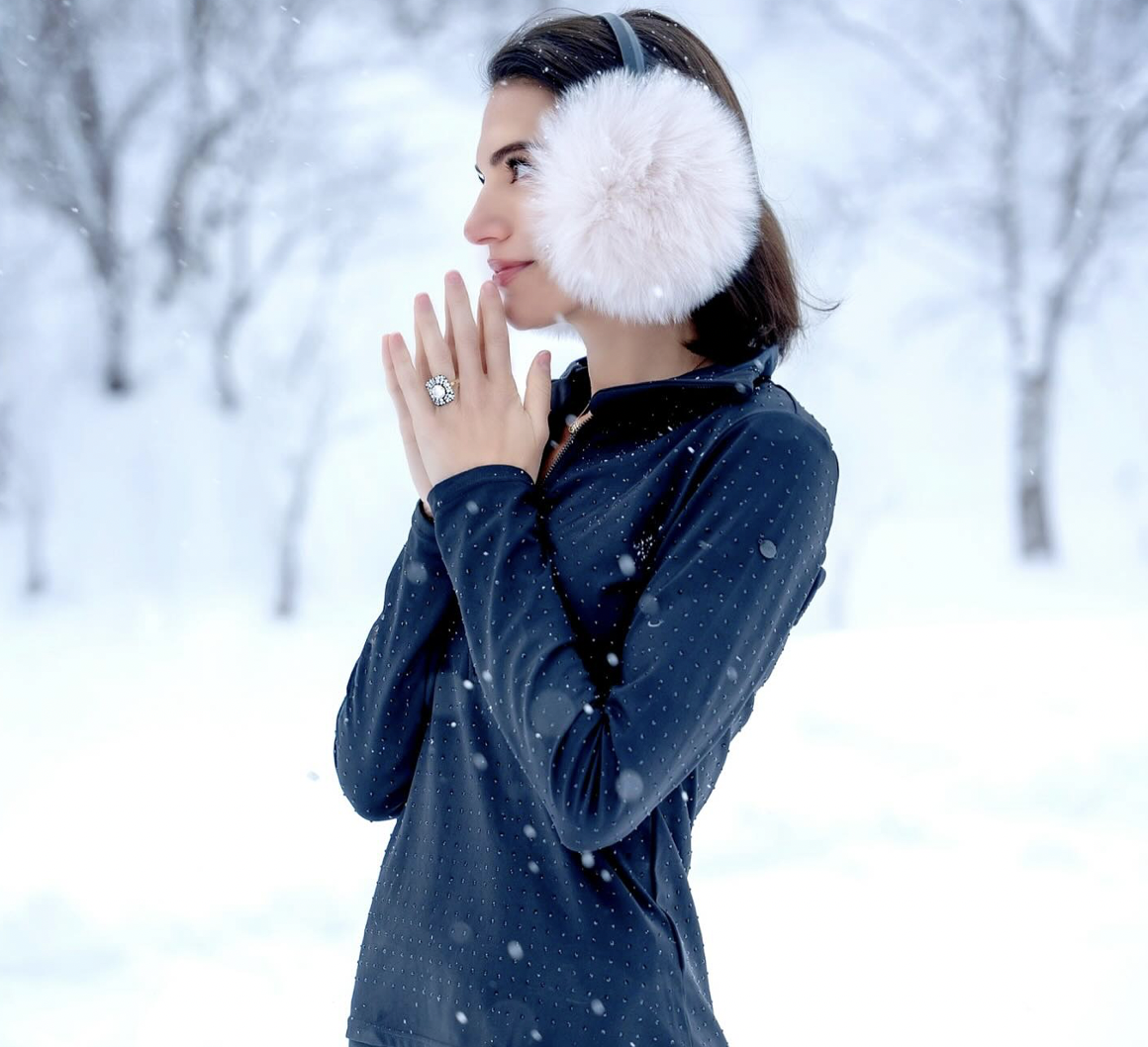If Tokyo was the vibrant, wild, futuristic sister, Kyoto would be the serene, mysterious counterpart. The ancient imperial capital of Japan takes you back in time to a bygone era with its breathtaking temples and shrines, immaculate kaiseki dinners, and a sublime landscape that changes harmoniously with the seasons. While it is beautiful year-round, personally, I find Kyoto to be most stunning in the Autumn, when the foliage turns from canary yellow to dramatic crimson. Everything about Kyoto exudes the weight of history and serenity all at once. And being the gourmet capital of Japan doesn’t hurt either.
To do
There are so many temples and gardens in Kyoto that it can be overwhelming. If it is your first visit, I’d start at Kiyomuzudera. The ‘Temple of Pure Waters’ is based around the Otawa Falls, and the water flowing from it is meant to bring visitors good fortune. The main hall’s expansive wooden platform also offers impressive views over Kyoto. The temple is connected to a beautiful pedestrian street – Sannenzaka, with lovely traditional artisanal shops and restaurants abound.
Follow with a visit to the nearby Kodaij temple, a great representation of meticulous Japanese craftsmanship. The highlight for me is the gardens by Japanese artist Kobori Enshu, as well as the teahouse designed by tea master Sen-no-Rikyu. In the Autumn months, Kodaiji is illuminated at night and becomes an entirely different, magical, experience. After exploring the temple, a traditional kaiseki dinner at Wakuden Kodaiji marks the perfect end to an evening.
Arashiyama is one of my favourite areas in Kyoto. One can easily spend a full day here discovering hidden gems on foot. If you’re so inclined, rent a kimono from one of the many stores where skilled ladies painstakingly help you dress in layers upon layers of the traditional garment. Walk along the main street Tenryuji to check out all the lovely little boutiques and patisseries, before making your way to the Sagano Bamboo Forest and marvel at the dense, soaring bamboos. After heading back down to the river, take a scenic stroll along the river bank until you reach the hidden path to Shoraian for a traditional tofu kaiseki.
The Kinkaku-ji, or Golden temple, is another must-see. The reflection of the gold leaf covered temple in the pond it overlooks is one of the most iconic Kyoto sights. Equally popular is the Fushimi Inari Taisha. While it is worth visiting, the trail can get extremely crowded, so be prepared to walk further up the four-kilometre-long trail to better enjoy the experience. For those who, like me, especially love the Autumn foliage in Kyoto, Eikando is one of the best temples to visit as the gardens have such a high density of maple and ginkgo trees and is simply postcard perfect.
Many of the good restaurants in Kyoto are located in the Gion area, one of Japan’s few remaining geisha districts, so you’ll likely find yourself back here quite often at night and chance upon geishas and maikos on their way to work amongst the winding streets. This surreal setting of past and present merging is precisely what makes Kyoto so unique and unforgettable.
To stay
Aman Kyoto
Newly opened in November 2019, the Aman Kyoto has created quite a buzz amongst avid travellers. Located in a small private forest near the famed Golden Temple, you definitely feel the sense of intimacy as soon as you arrive. The elegant design and attentive service are all signature Aman, and the outdoor onsen is the perfect respite after a long day of sightseeing. Do keep in mind that the Aman is about half an hour from the main city of Kyoto, and there isn’t much to do in the immediate area, but that is all part of its hideaway charm.
Editor
Feiping Chang










